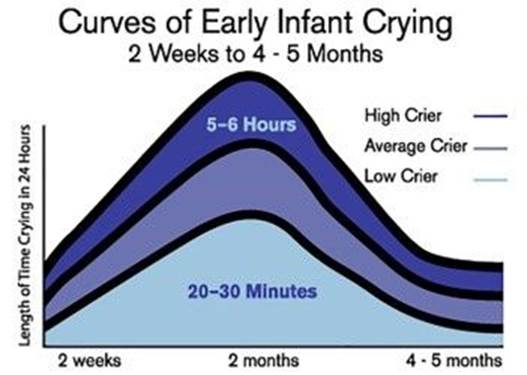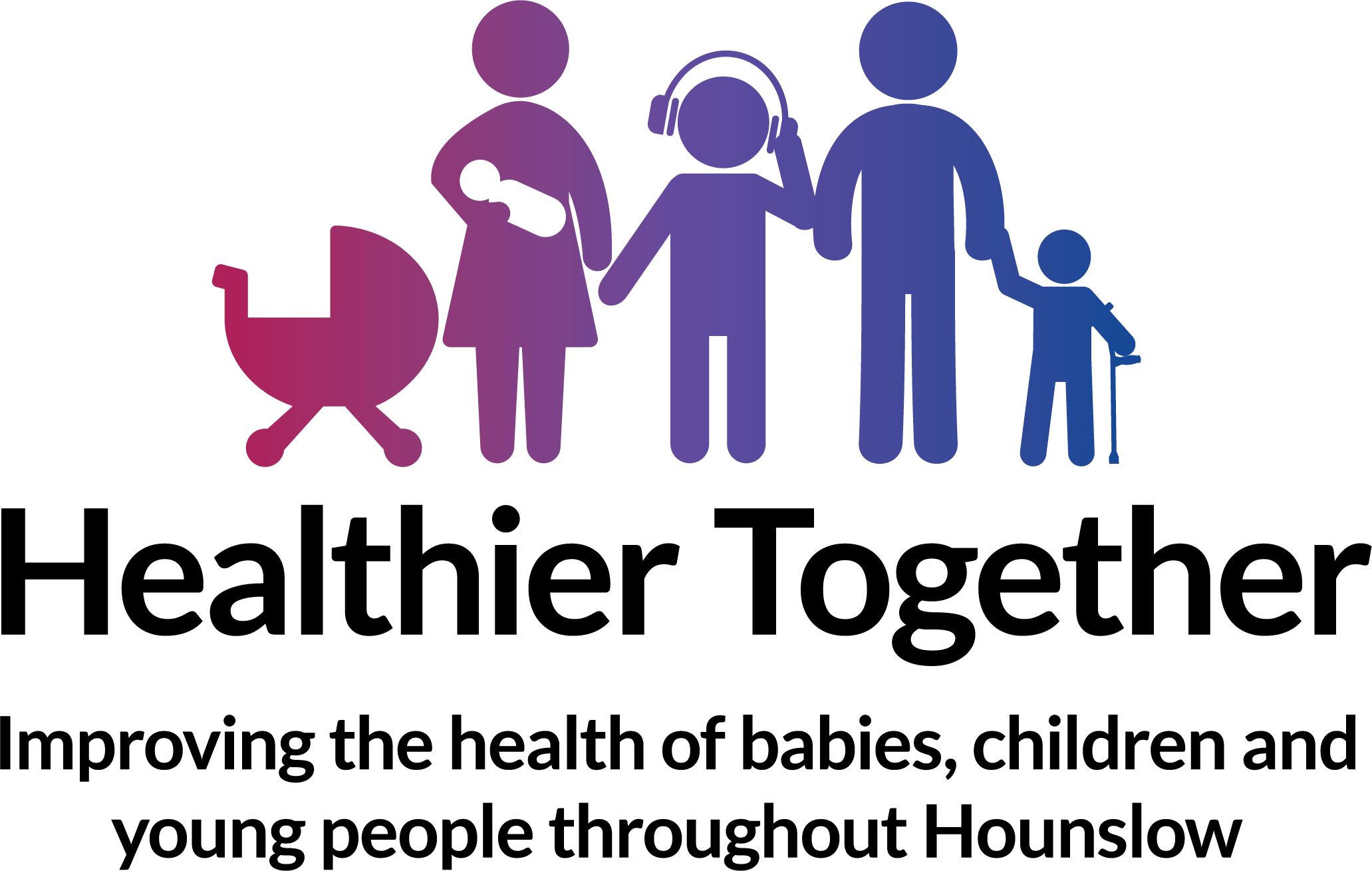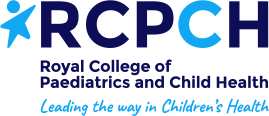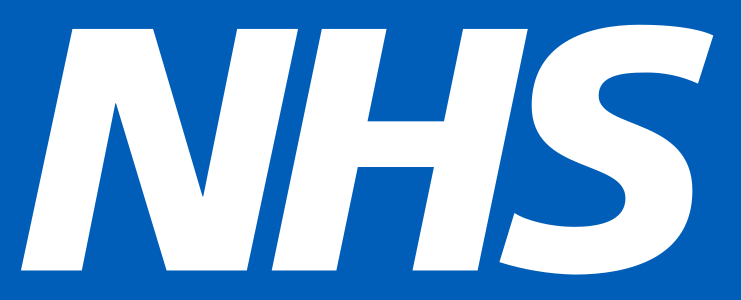My baby is crying all the time
Babies cry for many reasons – most commonly because they are hungry or need a nappy change. Sometimes babies cry because they are uncomfortable or are unwell. This may be due to colic, reflux, constipation or infection amongst other things (see below). Sometimes the crying can feel like it’s become too much, and if this is the case, click here for more.
Below are some things to look out for if your baby is crying that may suggest they are unwell.
What is normal
Crying behaviours peak from 2 weeks to 4 months of age. This is a normal developmental process and is unrelated to the diagnosis of 'colic' or 'wind'. There is lots more on this here.

Why babies might cry?
Baby may be unsettled due to:
● hunger
● dirty nappy
● tiredness
● wanting a cuddle / reassurance
● abdominal wind
● feeling too hot or too cold
Advice for parents:
● try different winding positions
● skin to skin contact
● rocking / singing or music
● a warm bath (after the first week)
● going for a walk or short drive (do not encourage long periods in a car seat)
Click here to watch a video from ICON on ways to cope.
When should you worry?
If your child has any of the following:
- Breathing very fast, too breathless to talk, eat or drink
- Working hard to breathe, drawing in of the muscles below the ribs, or noisy breathing (grunting)
- Breathing that stops or pauses
- Is pale, blue, mottled or feels unusually cold to touch
- Difficult to wake up or very sleepy
- Weak, high-pitched cry or can’t be settled
- Has a fit (seizure)
- Has a rash that does not disappear with pressure (the glass test)
- Has a temperature more than 38°C or under 36°C (unless fever in the 48 hours following vaccinations and no other red or amber features
You need urgent help
Go to the nearest Hospital Emergency (A&E) Department or phone 999-consider using ‘What 3 words’ to best describe location to ambulance service
If your child has any of the following:
- Breathing a bit faster than normal or working a bit harder to breathe
- Dry skin, lips or tongue
- Not had a wee or wet nappy in last 8 hours
- Poor feeding (less than half of their usual amount)
- Irritable (Unable to settle them with cuddles, toys or feeding)
- Getting worse and I am still worried
You need to contact a doctor or nurse today
Please ring your GP surgery or call NHS 111 - dial 111
If symptoms persist for 4 hours or more and you have not been able to speak to either a member of staff from your GP practice or to NHS 111 staff, recheck that your child has not developed any red features.
- None of the above features are present
- Continues to feed well
- Has plenty of wet nappies
- Try to make sure that your baby stays well hydrated - you may need to offer them feeds more frequently than normal. And closely monitor them for any signs of deterioration by looking out for any red or amber features.
- Additional advice is also available for families to help cope with crying in otherwise well babies – click here
Self care
Continue providing your child’s care at home. If you are still concerned about your child contact your Health Visitor , local pharmacist or call NHS 111 – dial 111
Conditions that can cause a baby to cry excessively:
- Most babies experience some degree of reflux because the muscular valve at the end of the food pipe, which keeps food in the stomach, is still developing. Reflux may cause your baby to bring up milk after a feed, and can also give him/her hiccups. As long as your baby is growing normally and is not showing any marked signs of distress, there is no need to worry.
- More severe reflux can cause your baby to cry and be sick, often after feeding. The long name for severe reflux is gastro-oesophageal reflux disease (GORD). This means that when your baby's tummy is full, food and stomach acid flow back up their food pipe causing discomfort and pain.
- If you have tried the measures described above and seen no improvement, see your Health Visitor. They will review your child’s symptoms and ask you about the formula you have used, and may possibly prescribe an antacid designed for babies.
- Click here to watch a video on reflux by Best Beginnings.
- becomes pale and floppy going blue around the lips
- is fretful or excessively miserable when touched
- becomes difficult to rouse
- is finding it hard to breathe
- develops a rash that does not disappear with pressure (the Glass Test)
Your child needs urgent help if any of these features are present - go to the nearest hospital emergency (A&E) department or phone 999.
Colic can cause excessive, frequent crying in a baby who appears to be otherwise healthy. It's a common problem that affects up to one in five babies. Although the cause is unknown, it is likely to be due to intestinal discomfort like bowel cramping.
Colic tends to begin when a baby is a few weeks old. It normally stops by four months of age, or by six months at the latest.
Looking after a colicky baby can be very frustrating and distressing, but the problem will eventually pass and is usually nothing to worry about.
Signs and symptoms of colic include:
· Your baby often starts crying suddenly. The cry is high-pitched and nothing you do seems to help
· The crying begins at the same time each day, often in the afternoon or evening
· Your baby might draw their legs up when they cry
· Your baby might clench their hands
· Your baby's face might flush
· The crying can last for minutes or hours. A baby with colic cries for 3 hours a day or more
· The crying often winds down when your baby is exhausted or when they have passed wind or poo
Being constipated is another cause of excessive crying babies. However, the crying tends to stop once your baby has had a poo.
Formula fed babies are more prone to constipation because formula can be harder to digest than breastmilk. A breastfed baby is far less likely to get constipated.
Signs of constipation may include:
· Crying and discomfort, irritability or pain before doing a poo
· Dry, hard, pellet-like poo that is hard to pass
· Foul-smelling wind and poo
· A hard belly
Try not to worry too much if your baby becomes constipated. It's likely to happen now and then. Simple things you can try at home if your baby is constipated include:
· Gently move your baby’s legs in a bicycling motion to help move the hard poo along
· If your baby is drinking formula, give them extra water in between feeds, but don’t dilute the formula. Make sure that you are using the recommended amount of milk powder when making up a bottle. Too much powder can dehydrate your baby, causing constipation. For babies under 6 months, use water from the mains tap in the kitchen - you will need to boil then cool the tap water because it is not sterile straight from the tap. Water for babies over 6 months of age doesn't need to be boiled
If your baby is in significant pain despite doing this, you should take them to see your GP who may decide to start them on treatment
Health visitors are nurses or midwives who are passionate about promoting healthy lifestyles and preventing illness through the delivery of the Healthy Child Programme. They work with you through your pregnancy up until your child is ready to start school.
Health Visitors can also make referrals for you to other health professionals for example hearing or vision concerns or to the Community Paediatricians or to the child and adolescent mental health services.
Contact them by phoning your Health Visitor Team or local Children’s Centre.
Sound advice
Health visitors also provide advice, support and guidance in caring for your child, including:
- Breastfeeding, weaning and healthy eating
- Exercise, hygiene and safety
- Your child’s growth and development
- Emotional health and wellbeing, including postnatal depression
- Safety in the home
- Stopping smoking
- Contraception and sexual health
- Sleep and behaviour management (including temper tantrums!)
- Toilet training
- Minor illnesses
For more information watch the video: What does a health visitor do?
Health visitors are nurses or midwives who are passionate about promoting healthy lifestyles and preventing illness through the delivery of the Healthy Child Programme. They work with you through your pregnancy up until your child is ready to start school.
Health Visitors can also make referrals for you to other health professionals for example hearing or vision concerns or to the Community Paediatricians or to the child and adolescent mental health services.
Contact them by phoning your Health Visitor Team or local Children’s Centre.
Sound advice
Health visitors also provide advice, support and guidance in caring for your child, including:
- Breastfeeding, weaning and healthy eating
- Exercise, hygiene and safety
- Your child’s growth and development
- Emotional health and wellbeing, including postnatal depression
- Safety in the home
- Stopping smoking
- Contraception and sexual health
- Sleep and behaviour management (including temper tantrums!)
- Toilet training
- Minor illnesses
For more information watch the video: What does a health visitor do?
School nurses care for children and young people, aged 5-19, and their families, to ensure their health needs are supported within their school and community. They work closely with education staff and other agencies to support parents, carers and the children and young people, with physical and/or emotional health needs.
Contacting the School Nurse
Primary and secondary schools have an allocated school nurse – telephone your child’s school to ask for the contact details of your named school nurse.
There is also a specialist nurse who works with families who choose to educate their children at home.
Sound Advice
Before your child starts school your health visitor will meet with the school nursing team to transfer their care to the school nursing service. The school nursing team consists of a school nursing lead, specialist public health practitioners and school health staff nurses.
They all have a role in preventing disease and promoting health and wellbeing, by:-
- encouraging healthier lifestyles
- offering immunisations
- giving information, advice and support to children, young people and their families
- supporting children with complex health needs
Each member of the team has links with many other professionals who also work with children including community paediatricians, child and adolescent mental health teams, health visitors and speech and language therapists. The school health nursing service also forms part of the multi-agency services for children, young people and families where there are child protection or safeguarding issues.
School nurses care for children and young people, aged 5-19, and their families, to ensure their health needs are supported within their school and community. They work closely with education staff and other agencies to support parents, carers and the children and young people, with physical and/or emotional health needs.
Contacting the School Nurse
Primary and secondary schools have an allocated school nurse – telephone your child’s school to ask for the contact details of your named school nurse.
There is also a specialist nurse who works with families who choose to educate their children at home.
Sound Advice
Before your child starts school your health visitor will meet with the school nursing team to transfer their care to the school nursing service. The school nursing team consists of a school nursing lead, specialist public health practitioners and school health staff nurses.
They all have a role in preventing disease and promoting health and wellbeing, by:-
- encouraging healthier lifestyles
- offering immunisations
- giving information, advice and support to children, young people and their families
- supporting children with complex health needs
Each member of the team has links with many other professionals who also work with children including community paediatricians, child and adolescent mental health teams, health visitors and speech and language therapists. The school health nursing service also forms part of the multi-agency services for children, young people and families where there are child protection or safeguarding issues.
If you’re not sure which NHS service you need, call 111. An adviser will ask you questions to assess your symptoms and then give you the advice you need, or direct you straightaway to the best service for you in your area.
Sound advice
Use NHS 111 if you are unsure what to do next, have any questions about a condition or treatment or require information about local health services.
For information on common childhood illnesses go to What is wrong with my child?
If you’re not sure which NHS service you need, call 111. An adviser will ask you questions to assess your symptoms and then give you the advice you need, or direct you straightaway to the best service for you in your area.
Sound advice
Use NHS 111 if you are unsure what to do next, have any questions about a condition or treatment or require information about local health services.
For information on common childhood illnesses go to What is wrong with my child?
A&E departments provide vital care for life-threatening emergencies, such as loss of consciousness, suspected heart attacks, breathing difficulties, or severe bleeding that cannot be stopped. If you’re not sure it’s an emergency, call 111 for advice.
Sound advice
A&E departments provide vital care for life-threatening emergencies, such as loss of consciousness, suspected heart attacks, breathing difficulties, or severe bleeding that cannot be stopped. If you’re not sure it’s an emergency, call 111 for advice.


